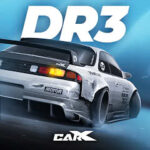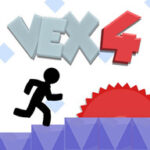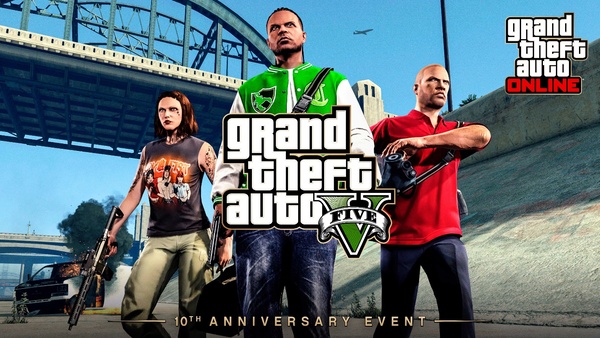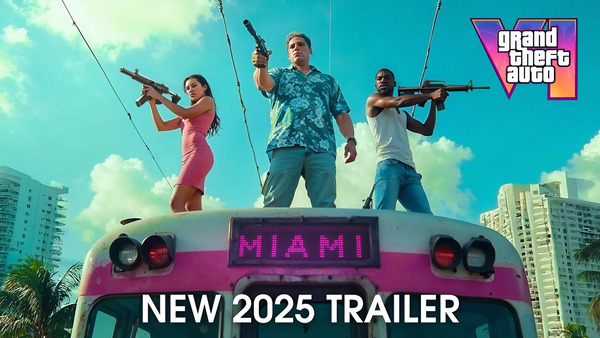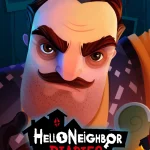Introduction
Released in 1991 for the Sega Genesis, Sonic the Hedgehog™ Classic game quickly became an iconic platformer, launching Sega’s blue mascot and revolutionizing video-game speed and design . Today, it continues to be loved by generations—now optimized in 2025 for mobile and modern consoles, supporting 60 FPS widescreen gameplay, remastered music, and new modes and playable characters like Tails and Knuckles .
1. The Birth of a Mascot: Genesis Era Origins
In 1990, Sega commissioned a fast-paced hero to rival Nintendo’s Mario. Sonic—designed by Naoto Ohshima, Hirokazu Yasuhara, and Yuji Naka—embodied speed, attitude, and attitude in pixelated form . The result: Sonic the Hedgehog (1991), featuring ring-based health, spin attacks, loop-de-loops, and the Green Hill Zone, set to composer Masato Nakamura’s catchy soundtrack. Its innovative mechanics and presentation made it a cultural hit and Genesis pack-in title . By its first year, it had sold over 15 million units and earned widespread critical acclaim .
2. Core Gameplay: Speed, Rings, and Thrilling Level Design
2.1 Signature Mechanics
Classic Sonic offered responsive controls and thrilling momentum-based movement:
-
Health system based on rings—each ring protects against one hit.
-
Diverse terrain: springs, slopes, pits, and loops.
2.2 Level Structure
-
Green Hill Zone: lush, rhythmic & loop-filled.
-
Prep, combat, and concept defined the rest of the game’s five zones and bonus stages .
2.3 Replay Incentives
Players collected Chaos Emeralds via bonus stages and strived for higher scores, encouraging memorization and mastery.
3. Ports, Re-Releases & Adaptations
3.1 Lightning-Fast Mobility on Mobile & Classic Consoles
The mobile version, launched for Android/iOS, delivers:
-
Smooth 60 FPS widescreen gameplay,
-
Remastered soundtrack,
-
Time Attack mode, and
-
Playable Tails and Knuckles with unique abilities .
3.2 Classic on Modern Platforms
-
Part of Sonic Origins Plus (2022), offering sprite filters and accessibility.
-
Included in compilations: Sega Genesis Classics, Sonic Mega Collection Plus, and others .
3.3 Community Retro Enhancements
Fan-made sprite sheets and HD remasters extend the classic vibe with visual fidelity, as seen above .
4. Visuals & Sound: A Retro Masterpiece
4.1 Graphic Techniques
Combination of vivid color schemes, detailed parallax backgrounds, and fast animation made Sonic visually stand out .
4.2 Audio Design
Masato Nakamura’s soundtrack—recorded using Yamaha PC-8801 tools—gave Sonic dynamic identity. Tracks like Hidden Palace remain celebrated in gaming culture .
5. Critical Reception & Legacy
5.1 Contemporary Praise
Upon release, Sonic won Game of the Year at major awards and was lauded by critics for speed, design, and technical brilliance ().
5.2 Enduring Legacy
-
Rated among the best Genesis titles.
-
Credited with reviving Sega’s market share in the 90s ().
-
Templates for the mascot platformer genre.
6. Challenges, Criticism & Modern Expectations
6.1 Conversion Trade-Offs
6.2 Nostalgia vs Modern Needs
Modern platforms often push for smoother UI and quality-of-life upgrades like rewind or save states—features fan communities say enhance without altering the core feel ().
7. 2025 and Beyond: New Developments
7.1 Official Timeline & Brand Collaborations
In 2025, Sega released an official franchise timeline, reinforcing Sonic’s legacy and future direction . A Sonic x DC Comics crossover emerged, delivering a five-issue Justice League themed series .
7.2 Fan & Community Engagement
Reddit threads and retrospectives keep teaching Sonic 101 lessons to new fans, exploring every mechanic and level nuance (). Debates continue over balancing classic feel vs. optional modern features .
Conclusion
From its 1991 Genesis launch to its 2025 mobile, console, and collector editions, Sonic the Hedgehog™ Classic game remains a technological and cultural landmark. Its high-speed mechanics, loop-de-loops, signature soundtrack, and indelible zones define the identity of platforming games. As classic fans debate the role of modern enhancements, the core game endures

